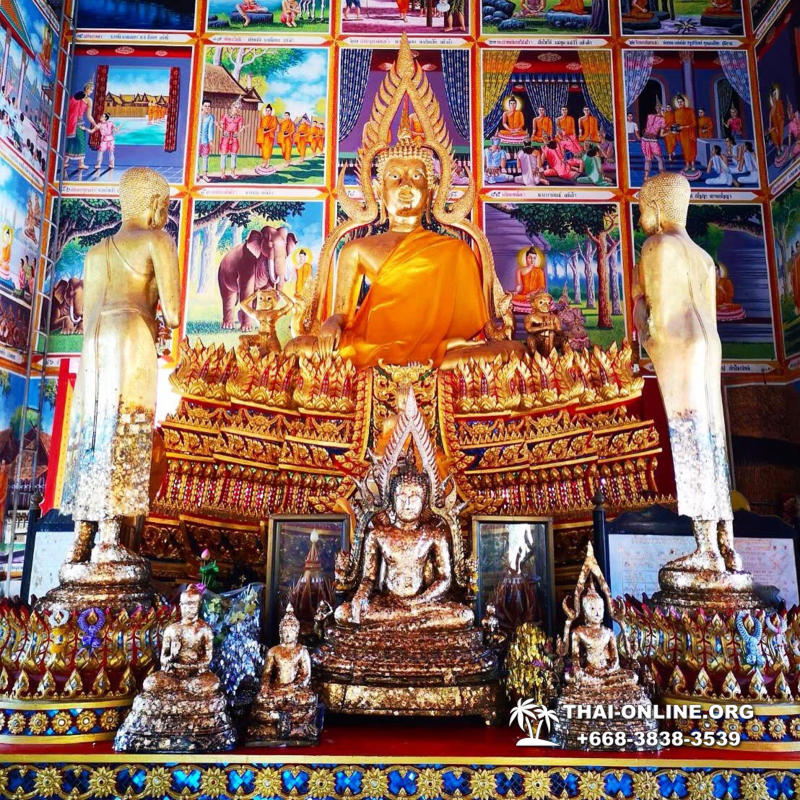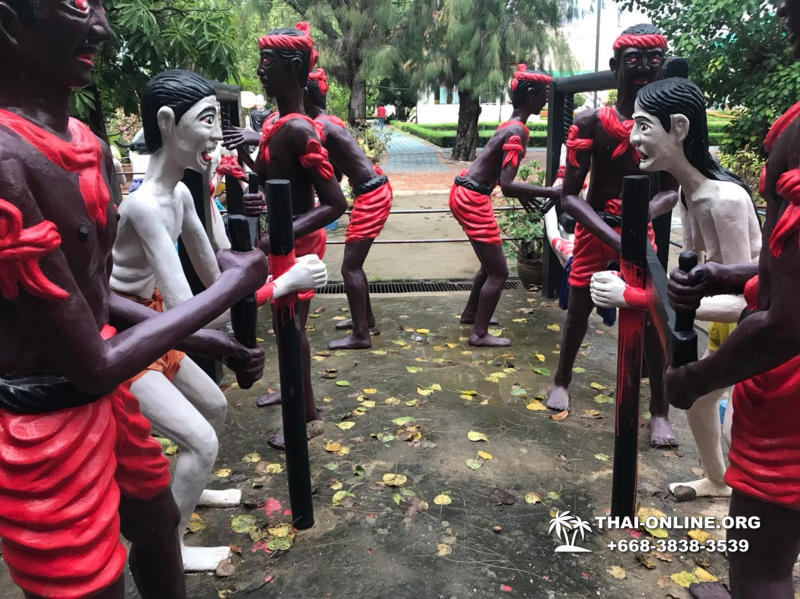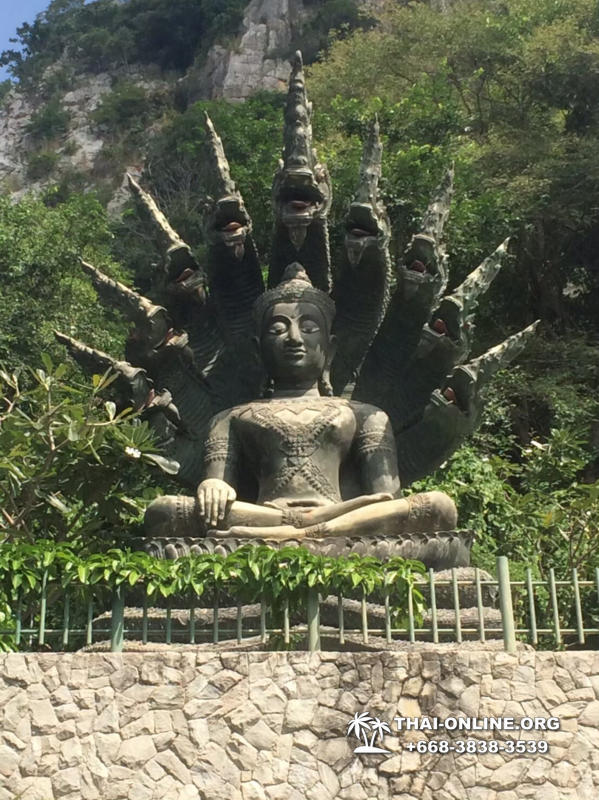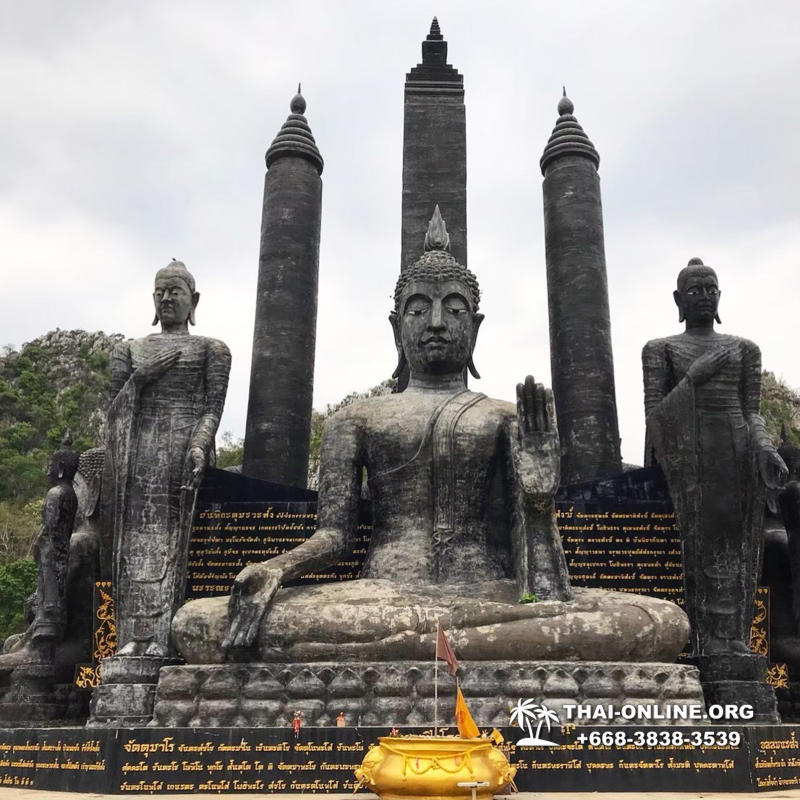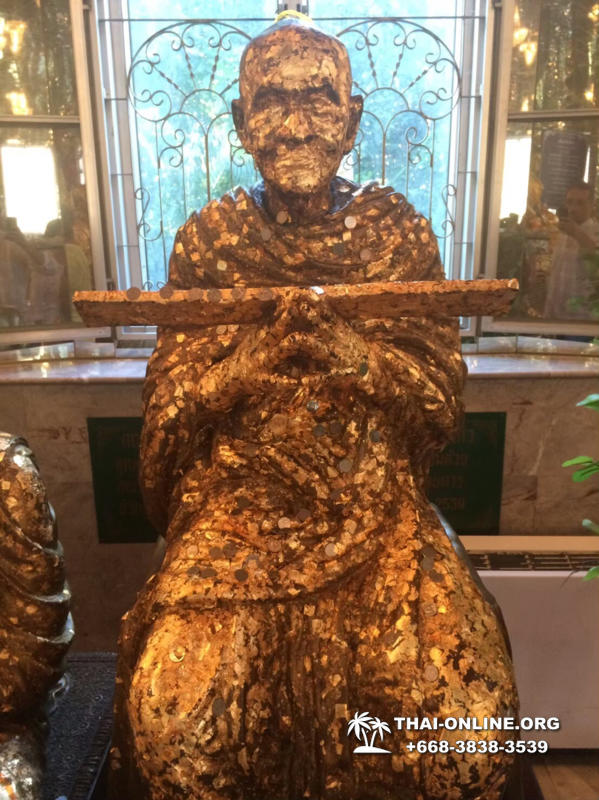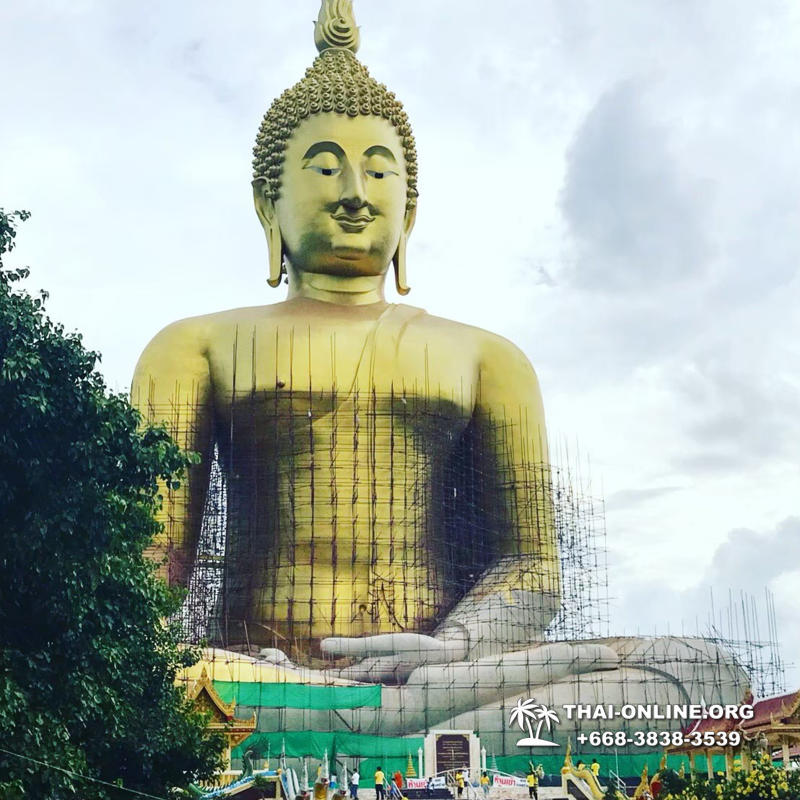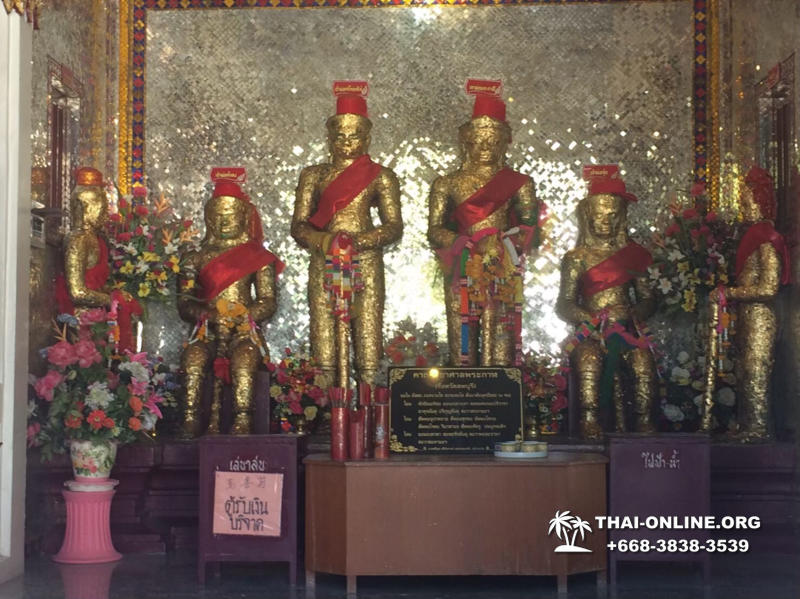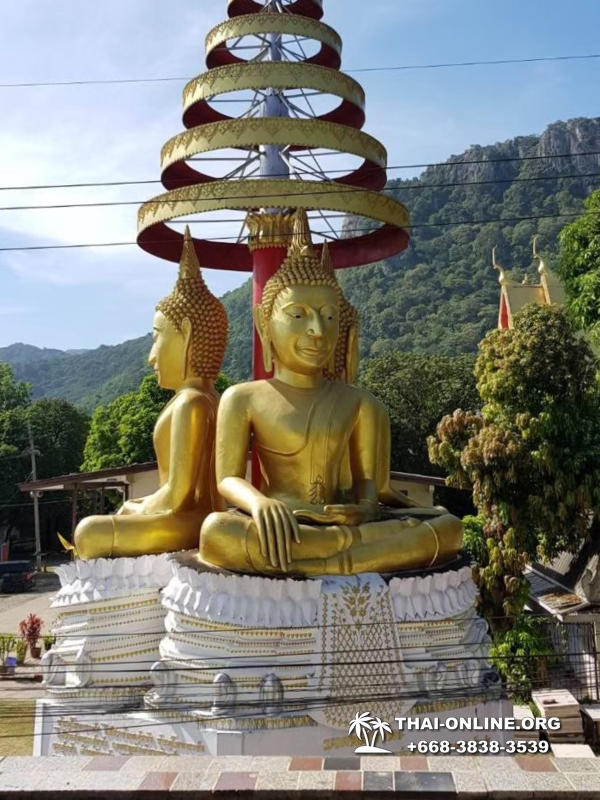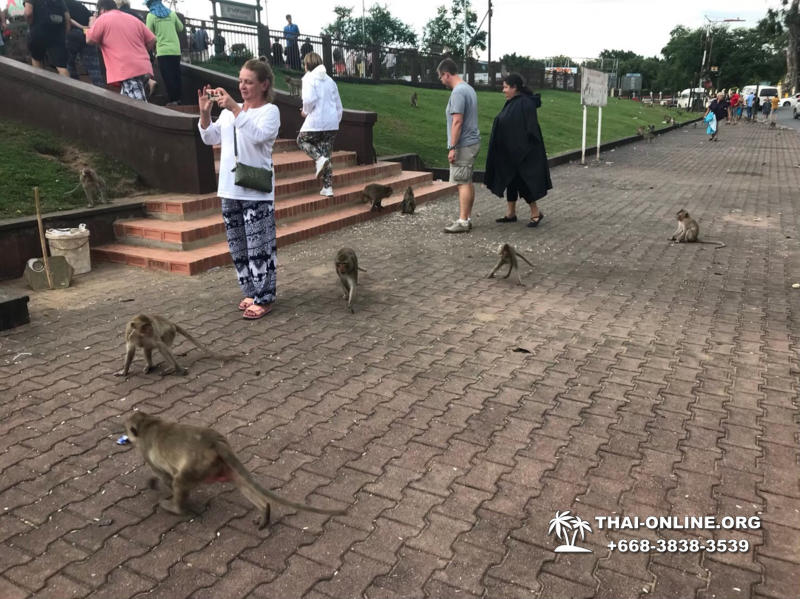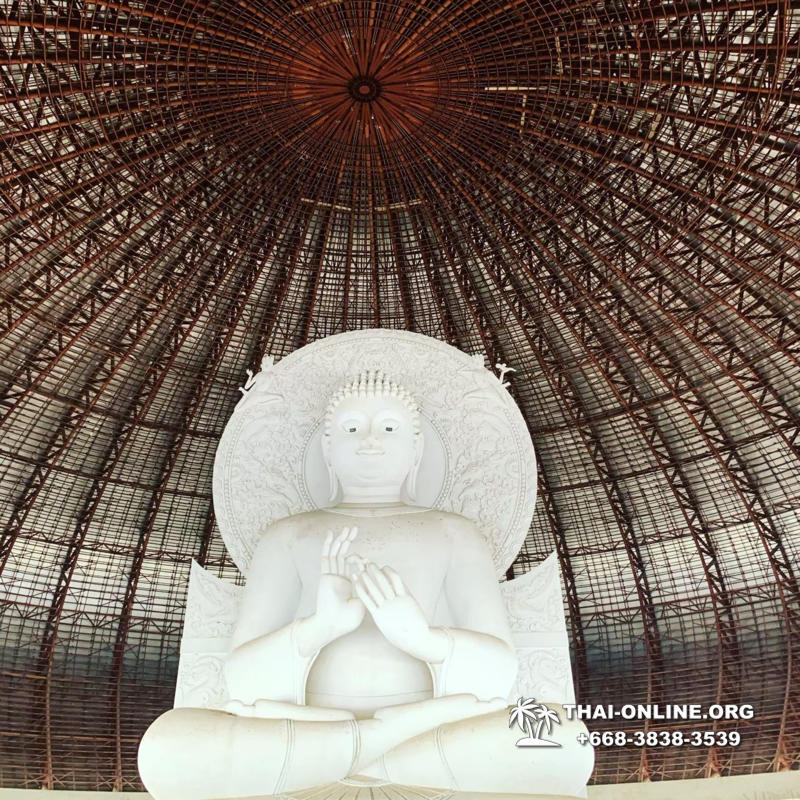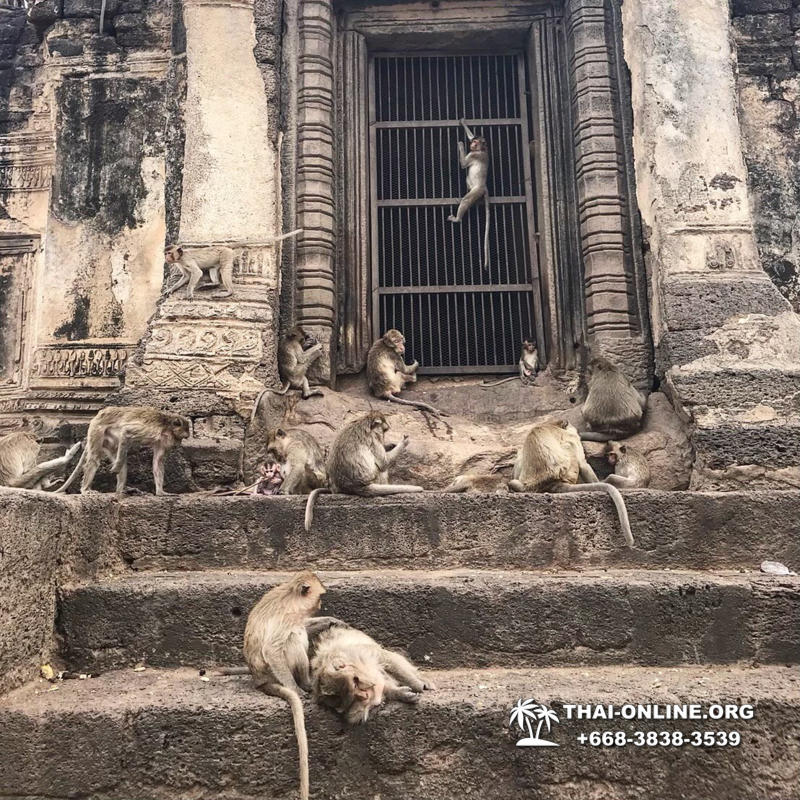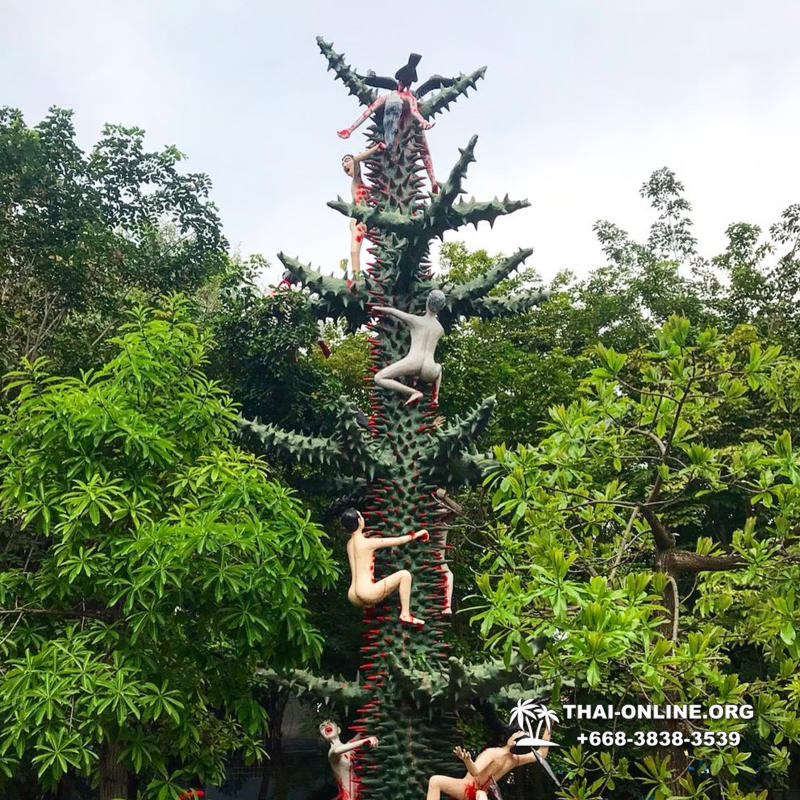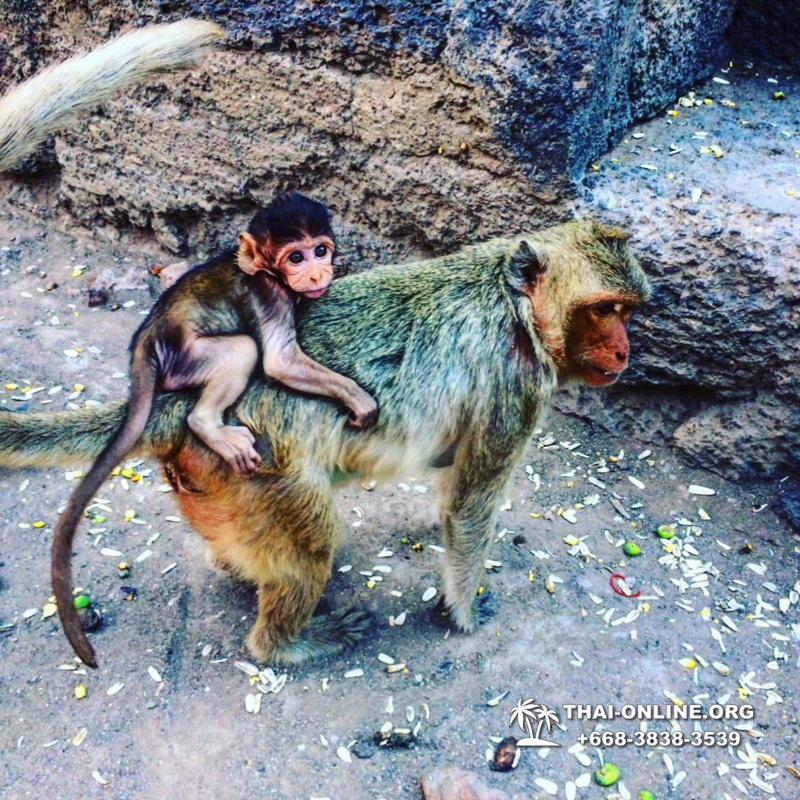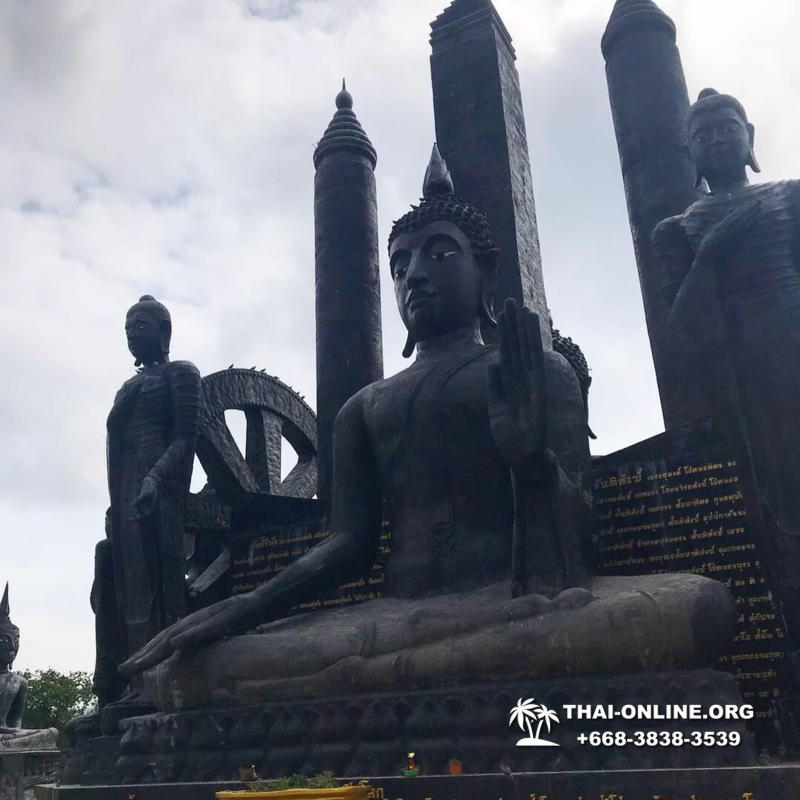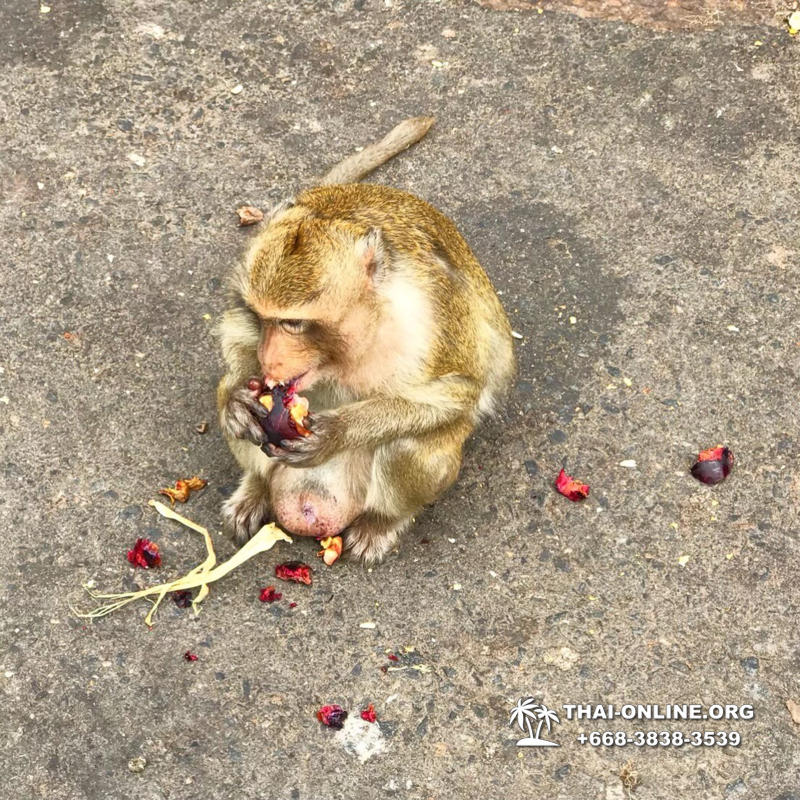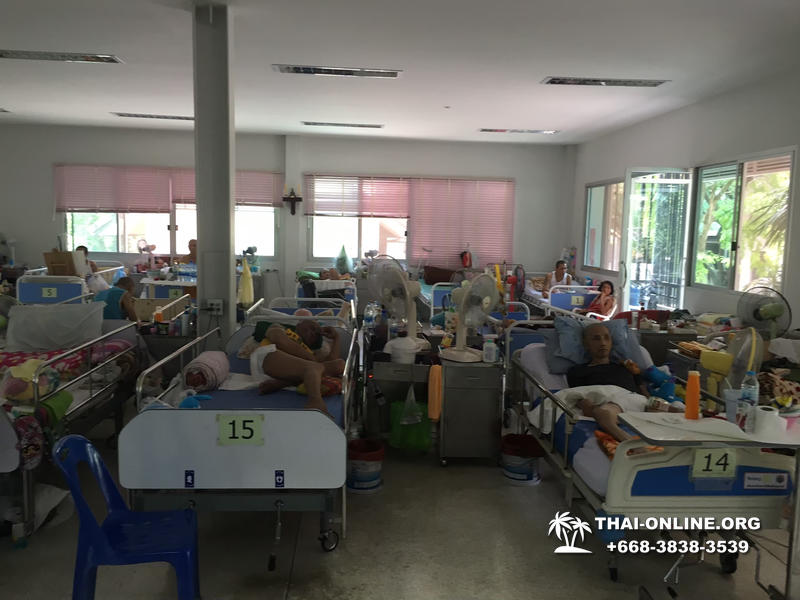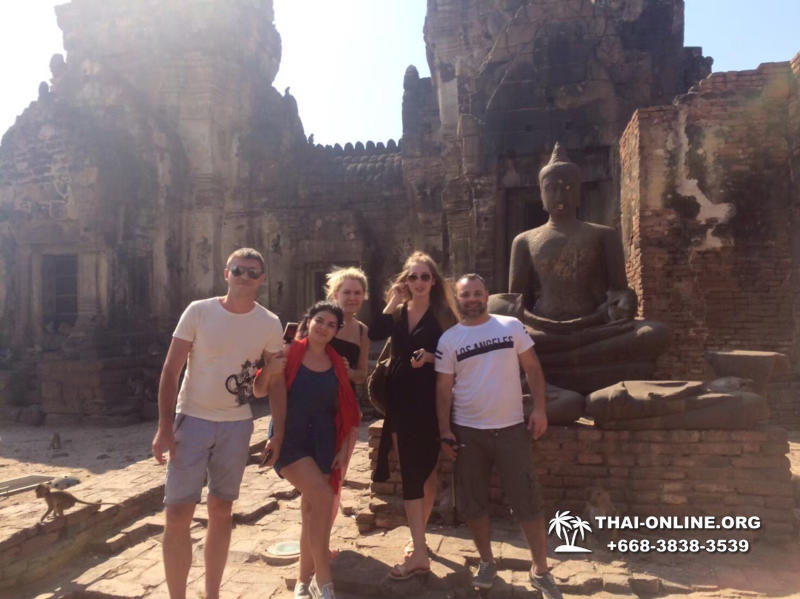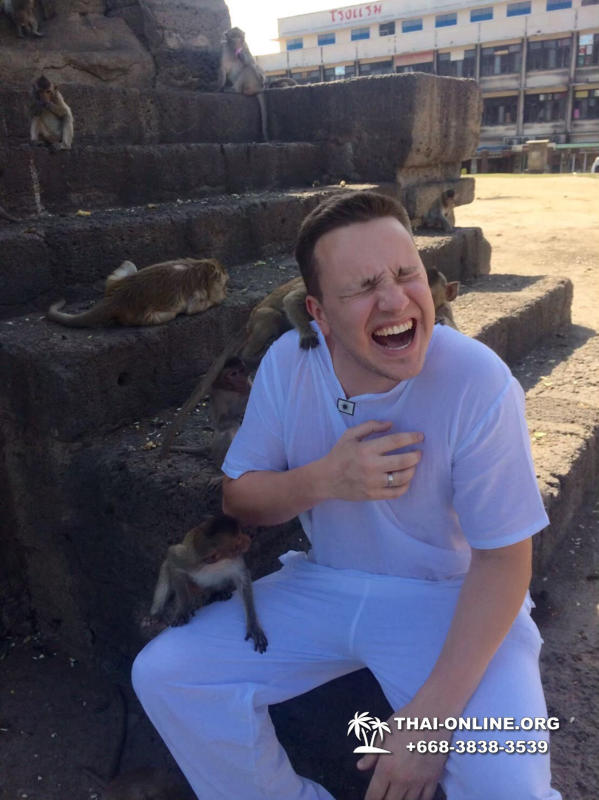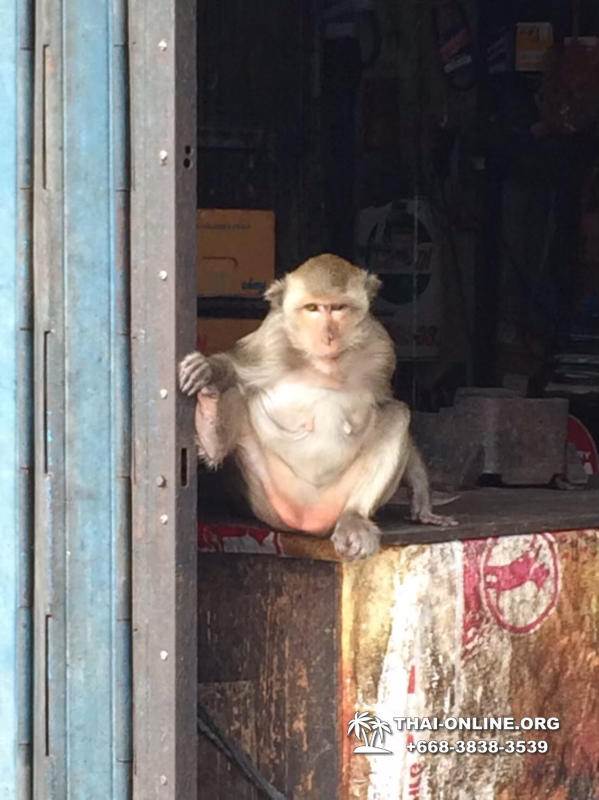- Transfer
- English speaking guide accompany
- All entrance fees and charges
- Lunch, soft drinks
- Insurance
- Souvenirs and other purchases
- Professionally made photos
- Donations and alms at temples
- Passport (copy or photo)
- Clothes for visiting temples - knees and shoulders are closed
- Lunchbox from hotel
- Camera, video equipment
- Money for personal expenses
"Power of Life" excursion in Pattaya
"Power of Life" is a new and one of the most interesting excursions of religious and historical orientation, carried out from Pattaya in Thailand. The famous "Monkey City" in Thailand - the opportunity to visit Thai historic city of Lopburi from noisy Pattaya. Exploration of all the attractions in Lopburi province for one busy day. Such as the Mirror Temple, the Temple of AIDS in Thailand and others! "Power of Life" tour in Thailand is a very exciting tourist program, it provides an opportunity to visit the amazing, holy places of central Thailand, which are so far unknown to the general mass of tourists.
Excursion "Power of Life" is performed from Pattaya.
Guests are collected from Pattaya hotels around 5:00 - 6:00 in the morning. After one hour journey, we will have a short stop in order to eat lunch-boxes seized from the hotel, have a cup of coffee, have a smoke and warm up. Then we go to the first sight of our program - we will inspect the famous cave of King Narai.
King Narai's Cave
This relic among Thais is called Wat Khao Wong and is located in Saraburi province (which is slightly north of Bangkok). The establishment of a monastery here was announced in July 1917. As legend has it, King Narai (1633 - 1688) was meditating here. The temple has a width of 30 meters and 51 meters in length, the area of the order of 1500 sq.m. It serves as a religious place for a long time. Being here, you literally feel the atmosphere of Buddhism and antiquity. And the cave itself is located in the center of energy concentration, a place of power, which will further enhance the impression.
After exploring the cave temple, our group will head to another Thai shrine: Wat Phra Phutthabat. The temple is recognized as one of the five most holy Buddhist temples in the World.
Wat Phra Phutthabat
It was built around the footprints of Buddha in XVII century under the reign of the King Songtham near Suvan Banpot mount. Above this relic is a swept arrow structure - Mondop. This type of structures is traditionally located above the repositories of sacred Buddhist texts or other objects, one way or another connected with Buddhist ceremonies.
The structure is very similar to the crown of Thai kings, has a seven-tiered roof and all the tiers are covered with green glazed tiles. Each level is decorated with arches, which are supported by elements of gold, wood and glass. The outer walls are also decorated with gilded and painted glass inserts in the shape of the mythical gods, the shape of a lotus. The doors are encrusted with pearls: this is one of the best works in Thailand, and maybe even in all Southeast Asia. The entrance to Mondop was constructed from three staircases with railings designed in the form of the mythical five-headed serpent Naga. Each staircase represents respectively the silver, gold, and glass paths from Paradise. Mondop is surrounded by a line of bells with a canopy, while the roof ridges of the canopy adorn the heads of the mythical bird Garuda. All constructions are made in Ayutthaya style. In addition, the territory houses the Phra Phutthabat museum, where you can see various archaeological antiquities.
"Monkey City" of Lopburi
The next point of our journey is a visit to Lopburi, the ancient capital of the Kingdom. This is a very old city with an interesting and rich history. In the XVI century, it was considered the second capital, yielding only perhaps to the powerful Ayutthaya. Here there are several ancient half-destroyed temples, museums and the Royal Palace, but most importantly - Lopburi is simply flooded with nimble little monkeys! Locals get along with countless macaques in the city as full residents. Macaques are extremely numerous here, but no one even thinks of expelling them from the city. After all, it is believed that the macaques are descendants of Hanuman himself, the hero of the "Ramakien" epic. According to legend, Hanuman, son of the God of Wind, helped God Rama in search of his abducted wife Sita. When Sita was rescued, Rama in gratitude gave Hanuman the land where he founded the ancient kingdom of monkeys. Later on, the city of Lopburi appeared at this place. This epos is revered, so no one is in a hurry to take monkeys out of the city. Of course, residents are trying to fence off animals with fences and even, it happens - to fight off with sticks. Another interesting fact is that once a year macaques have a feast! Lay the tables where macaques can have fun as much as they like. More precisely, until the goodies run out. In the city we visit ruins of old temple, where monkeys love to gather in large flocks, feed monkeys there, take a walk and go back.
AIDS monastery
Wat Phrabat Namphu, the shocking monastery. It is located in a picturesque mountain valley and is widely known for the so-called Temple-Museum of AIDS. This place is also called: the Monastery of AIDS in Thailand, or simply the Temple of AIDS. Despite the awesome names and sights, including the mummified bodies of the victims of this dangerous disease, it is believed that about 500 people were cured of AIDS here! However, the choice will be yours and instead of Wat Phrabat Namphu monastery you can visit the surrounding picturesque valley with two caves.
Wat Tham Krabok
And now we are getting acquainted with another Buddhist temple in Thailand. He is known for accepting Hmong refugees. Wat Tham Krabok is famous even more for its heroin and opium addiction treatment and rehabilitation program, which began in 1959th. Since then, more than 100 thousand heroin and opium addicts have gone through a unique detoxification program here. In Wat Tham Krabok temple, it includes Buddhist meditation, Asian herbal supplements for relaxation, a vomiting-causing potion from more than a hundred herbs. Even some celebrities from the USA and the UK have been detoxing here.
We will have lunch in the best restaurant of Lopburi. Here, there is European cuisine and you can choose different types of soups, steaks, salads, ice cream and drinks. Excluding alcohol, of course.
Finally, we look around the majestic and unusually beautiful Mirror Temple, or Wat Tha Sung.
Mirror Temple in Thailand
Among the many thousands of temples in Thailand, this temple occupies a special place. All those who have been to it at least once are unlikely to ever forget it. The sanctuary is located on the banks of the Saksakran river and belongs to Wat Muang monastery, which is remarkable for the huge statue of Buddha, its height 95 meters (perhaps the largest statue of Buddha in the Kingdom).
A mirror temple was created in the heyday of the state of Ayutthaya (that is, in the XIV century). But due to the constant military conflicts with the Burmese and the inevitable destruction, for a long time this place was abandoned in a pitiful state. This continued until 1789th, when a monk Luang Pho Yai came to one of the villages located here. Local residents were filled with love and respect for the wandering monk, asked him to become their spiritual abbot. The monk remained, and soon the church was restored by joint efforts. Instead of the former sanctuary, they built a new one, its size is much more impressive than the first. In the main hall they added sectors for meditators, the walls were painted by local craftsmen, depicting scenes from life of Buddha. Skilful carving is made on the wooden details, internal walls are skillfully plastered. The building fully complies with the canons of religious construction: it has a square shape, four arches and a pyramidal roof with a spire, which is directed high upwards. And in front of the temple there is an artifact that will inevitably attract your attention: a dais that has been preserved from the times of Luang Pho Yai, which was built by his hands. Great importance in the development and restoration of the temple belongs to Luang Phor Rus Ling Dam monk. On his initiative, more and more new additions to the temple, places of worship were erected. His life can be considered a role model in terms of spiritual growth. After death, his body was placed in a crystal coffin and stored here.
The uniqueness of the Mirror Temple in Thailand lies in its indescribable beauty, which is simply amazing when you cross the threshold of the shrine. This name of the temple is given for a mirror mosaic that covers the interior of the premises. The one-hundred-meter-long hall is framed by rows of double columns, which are decorated with mirrored rhombuses and have signs with the names of the people who participated in temple restoration. The ceiling of the temple is also made of mirrors, it creates a very unusual perception of space. Top mounted multi-tiered crystal chandeliers, the light from it is repeatedly reflected from the surfaces covered with mirrors and produces an extraordinary effect! In the depths of the hall, you will see a gilded statue of the Sitting Buddha, surrounded by flowers, various offerings and incenses. The reflections and the play of light, the space infinitely reflected in the mirrors, affects the congregation in a very unusual way, makes you perceive yourself as a particle of Space, the size of which cannot be understood by the human mind. It should be noted that there is no analogue to the Mirror Temple in Thailand anywhere. It is quite possible that it is not as widely known as, for example, the White Temple in northern Thailand, which we visit on excursions to Golden Triangle. Often it is not even included in tourist directories and travel catalogs. However, considering the impact on the spiritual perception, Mirror Temple in Thailand occupies one of the first places. In addition, the picturesque nature surrounding the temple also attracts the attention of guests.
Having completed such an eventful day, we are heading for noisy Pattaya, where arrive at seven o'clock in the evening.
"Power of Life" tour timing
- 06:00 Pick up guests and departure from hotels in Pattaya;
- 08:00 Stop for breakfast (bring it with you);
- 09:00 Cave of King Naray;
- 10:00 Thai shrine - one of the five holiest Buddhist temples in the world, Wat Phra Phutthabat (Temple of the Buddha). One of his five traces is in this temple, a place of pilgrimage for Buddhists from all over the world. Whoever performs the ritual here is granted forgiveness of sins, success in life and eternal happiness await him;
- 11:00 The "Monkey city" of Lopburi - the ancient capital of Thailand. In Lopburi, we will see how monkeys and people live peacefully together, what kind of treats the residents prepare for the monkeys. Also we will explore ancient temples in the Khmer style;
- 12:00 Shocking monastery of Wat Phrabat Namphu. You can choose to visit: the monastery itself or the surrounding picturesque valley with two caves;
- 13:00 World famous monastery of Wat Tham Krabok;
- 14:30 Lunch at a restaurant in Lopburi;
- 16:00 Wat Muang Temple in Ang Thong Province. A temple complex consisting of a 96-meter statue of the Big Buddha (you need to touch the Buddha’s fingertips to make your cherished wish come true), the Mirror Temple, where you have the opportunity to look inside yourself and know your place in this world, and the large territory of Hell and Heaven in the traditional Thai folklore;
- 20:00 Return to Pattaya.
Excursion "Power of Life" - FAQs
Address for taxi drivers: 144/1 Jomtiensaineung, Nongprue, Banglamung, Chonburi 20150, Thailand
See location on Google Maps
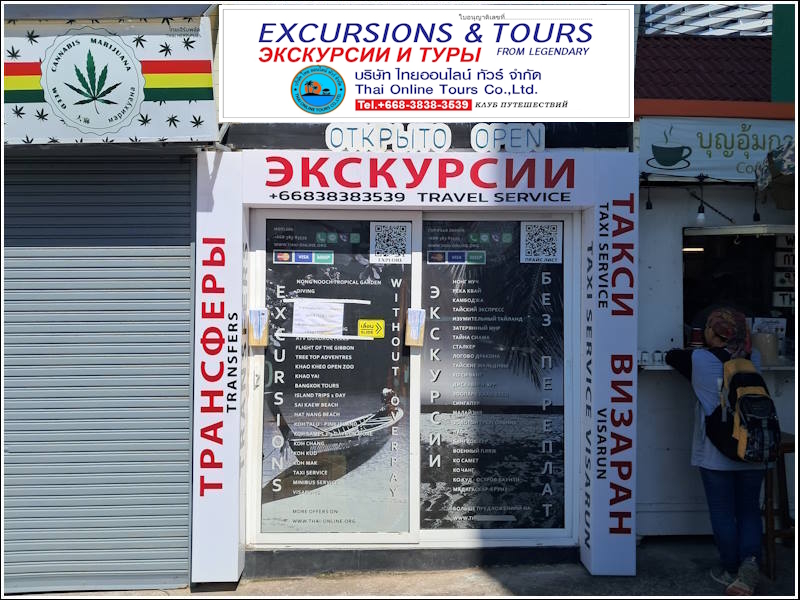
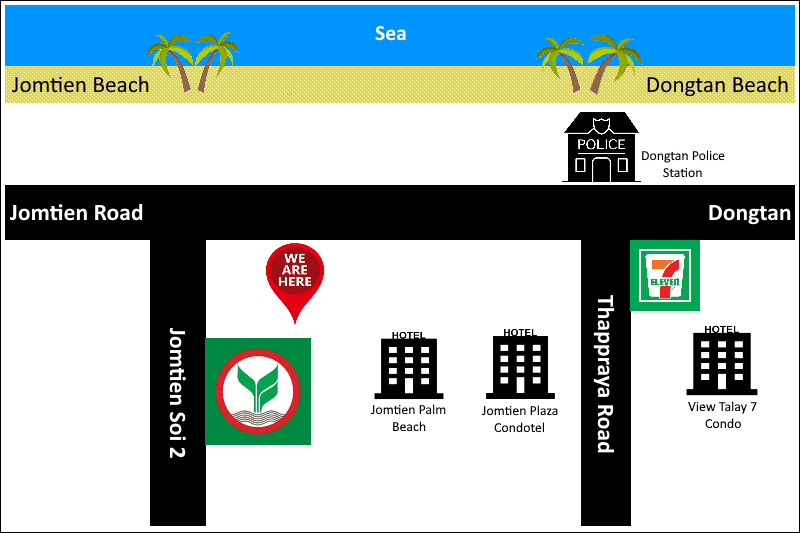
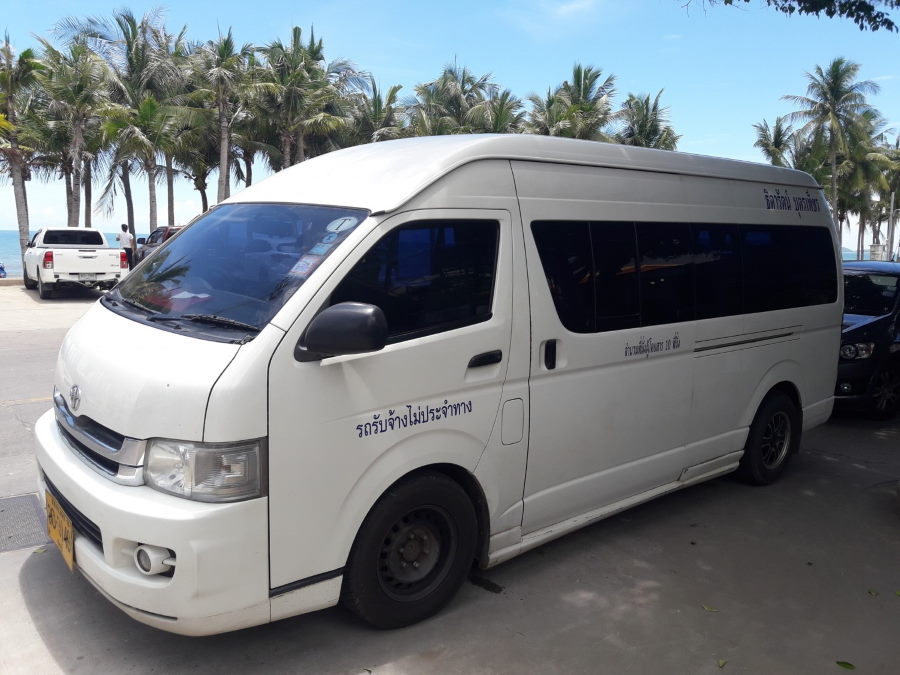
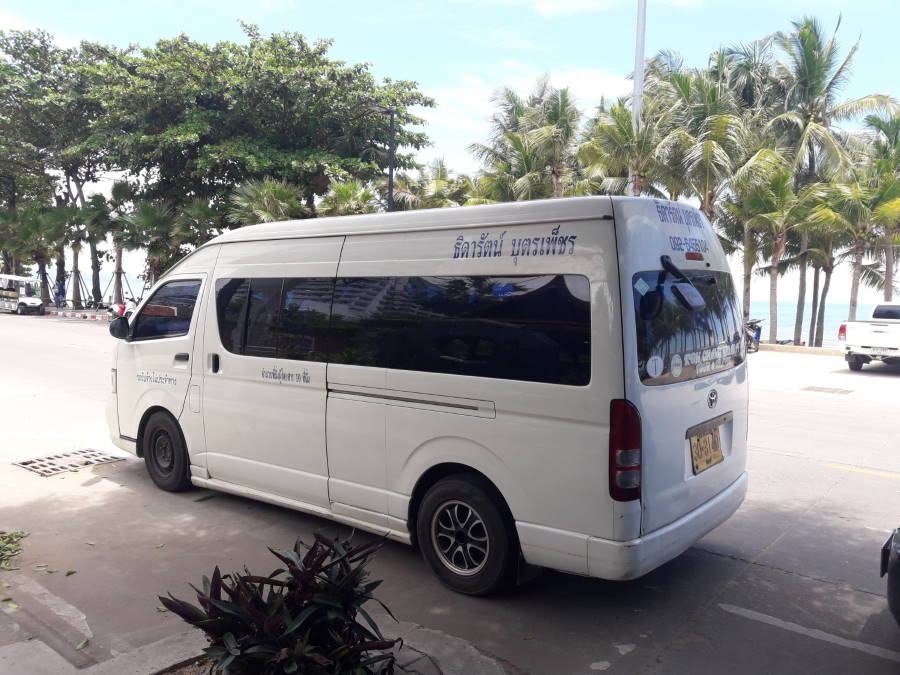
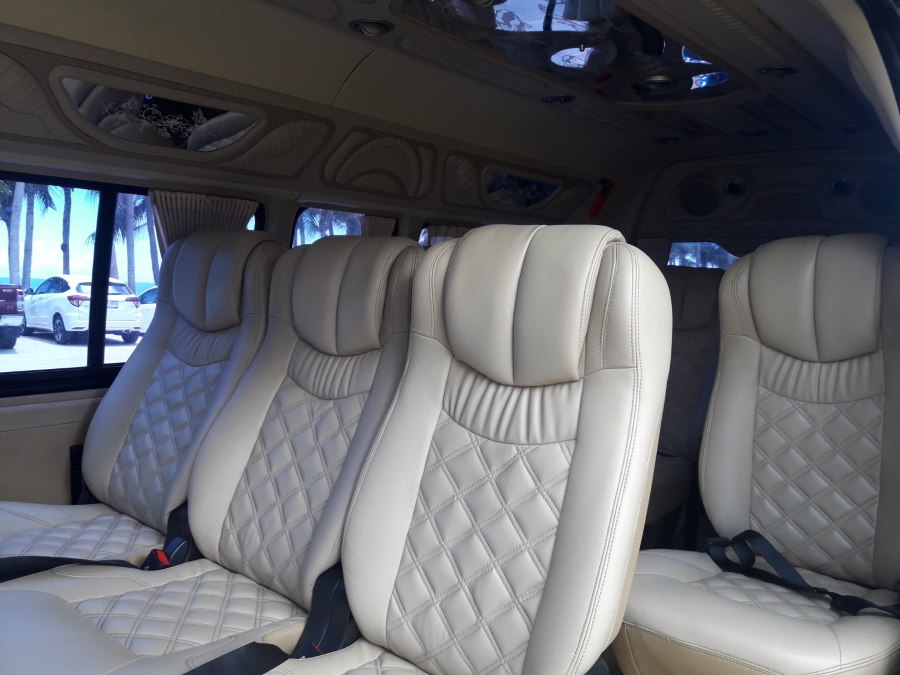
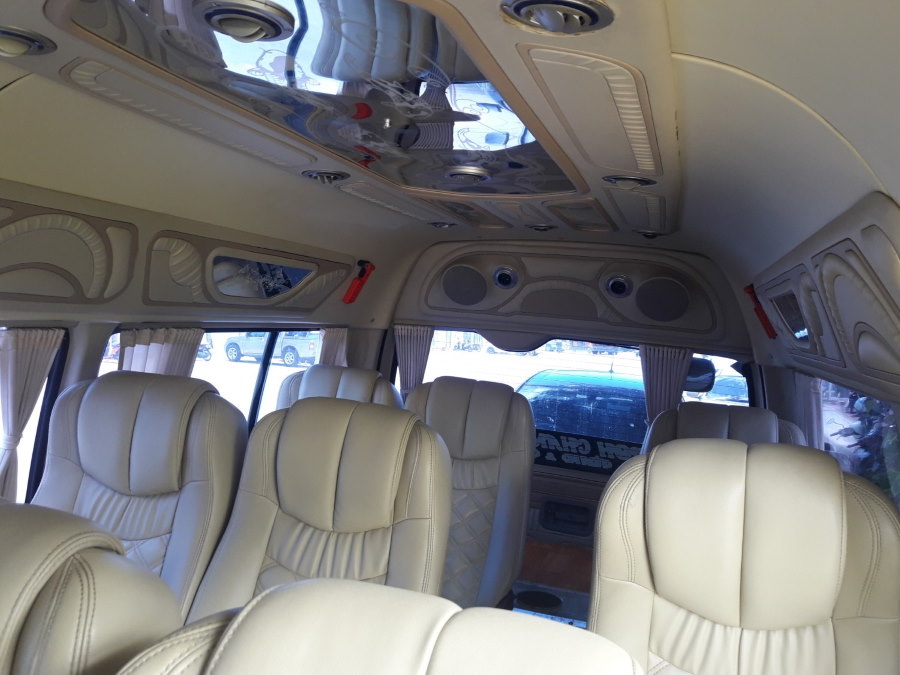

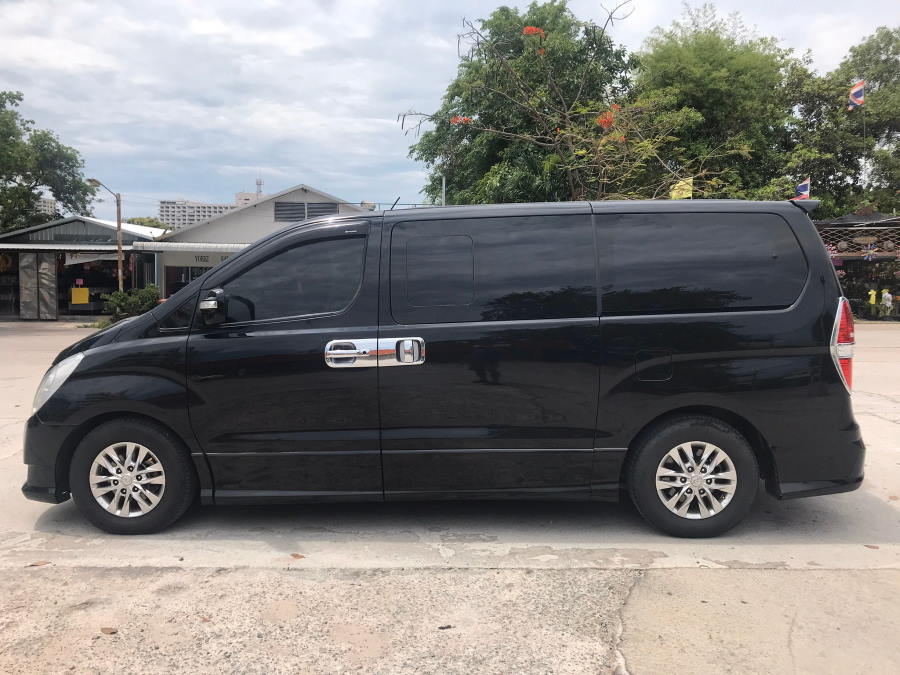
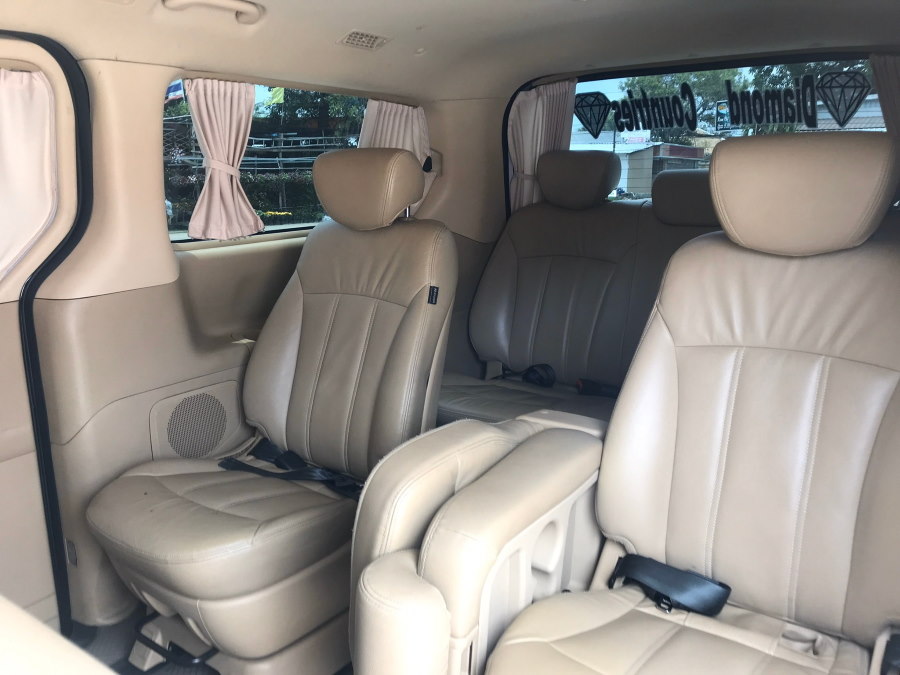
Ask consultant Price compare
Reviews
You can read real reviews about Power of Life and write your own review!
| Feedbacks: 0 | |
